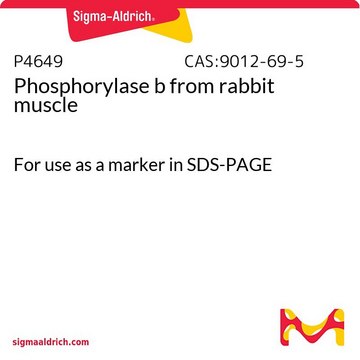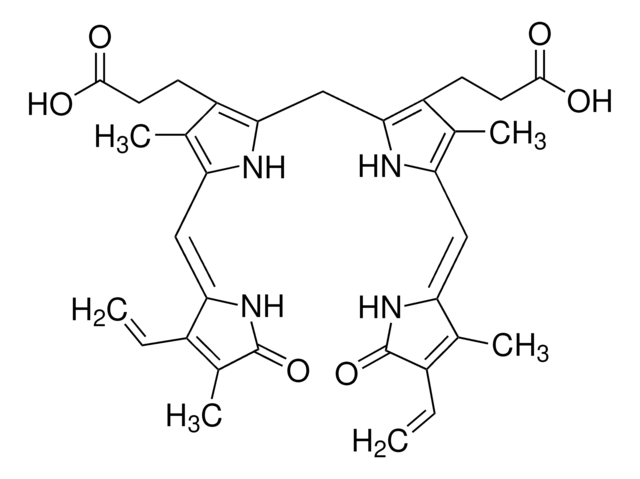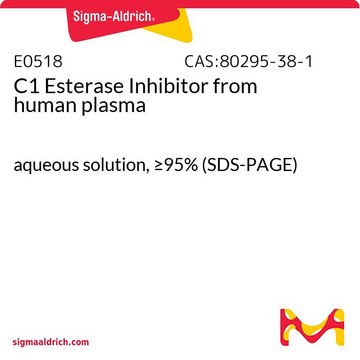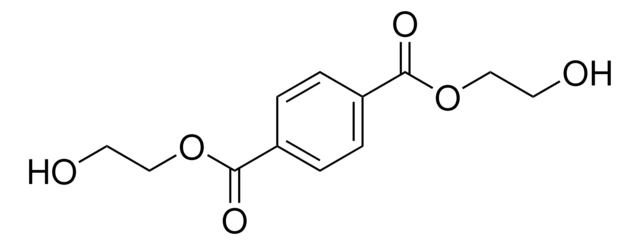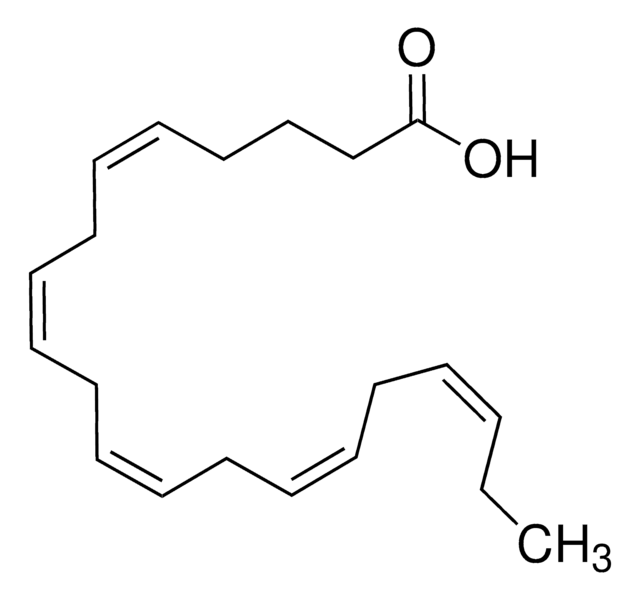P4798
L-Phenylalanine Dehydrogenase from Sporosarcina sp.
lyophilized powder, ≥6 units/mg solid
Autenticatiper visualizzare i prezzi riservati alla tua organizzazione & contrattuali
About This Item
Numero CAS:
Numero MDL:
Codice UNSPSC:
12352204
NACRES:
NA.54
Prodotti consigliati
Origine biologica
bacterial (Sporosarcina sp.)
Livello qualitativo
Stato
lyophilized powder
Attività specifica
≥6 units/mg solid
Condizioni di stoccaggio
dry at room temperature
Concentrazione
≤100%
Colore
white to light brown
applicazioni
life science and biopharma
Temperatura di conservazione
−20°C
Descrizione generale
Research area: CELL SIGNALING
Phenylalanine dehydrogenase is a member of a large family of amino-acid dehydrogenases, which includes glutamate dehydrogenase, alanine dehydrogenase, leucine dehydrogenase, lysine €-dehydrogenase, and meso-a,€-diaminopimelate D-dehydrogenase. The three known gene sequences are octomers. It has a two-domain, three-dimensional structure.
Phenylalanine dehydrogenase is a member of a large family of amino-acid dehydrogenases, which includes glutamate dehydrogenase, alanine dehydrogenase, leucine dehydrogenase, lysine €-dehydrogenase, and meso-a,€-diaminopimelate D-dehydrogenase. The three known gene sequences are octomers. It has a two-domain, three-dimensional structure.
Azioni biochim/fisiol
Phenylalanine dehydrogenase (PheDH) is considered an effective enzyme to estimate the quantity of phenylalanine to distinguish phenylketonuria (PKU) disease.Moreover, it is utilized for the production of optically pure l-phenylalanine, a key component of the artificial sweetener aspartame. L-Phenylalanine dehydrogenase is a NAD+-dependent oxidoreductase that catalyzes the reversible, oxidative deamination of L-phenylalanine, which results in its degradation. L-Phenylalanine dehydrogenase is used to study phenylalanine metabolism and phenylalanine, tyrosine, and tryptophan biosynthesis.
Definizione di unità
One unit will oxidize 1.0 μmole of L-phenylalanine per min at pH 10.5 at 30 °C in the presence of β-NAD.
Avvertenze
Danger
Indicazioni di pericolo
Consigli di prudenza
Classi di pericolo
Resp. Sens. 1
Codice della classe di stoccaggio
11 - Combustible Solids
Classe di pericolosità dell'acqua (WGK)
WGK 1
Punto d’infiammabilità (°F)
Not applicable
Punto d’infiammabilità (°C)
Not applicable
Dispositivi di protezione individuale
Eyeshields, Gloves, type N95 (US)
Scegli una delle versioni più recenti:
Possiedi già questo prodotto?
I documenti relativi ai prodotti acquistati recentemente sono disponibili nell’Archivio dei documenti.
I clienti hanno visto anche
Increase of Bacillus badius Phenylalanine dehydrogenase specificity towards phenylalanine substrate by site-directed mutagenesis
Yousefi F, et al.
Archives of Biochemistry and Biophysics, 635, 44-51 (2017)
Y Asano et al.
European journal of biochemistry, 168(1), 153-159 (1987-10-01)
Phenylalanine dehydrogenase produced by Bacillus badius IAM 11059 was purified from the crude extract of B. badius to homogeneity, as judged by disc gel electrophoresis. The enzyme has an isoelectric point of 3.5 and a relative molecular mass, Mr, of
N M Brunhuber et al.
Biochemistry, 39(31), 9174-9187 (2000-08-05)
Phenylalanine dehydrogenase catalyzes the reversible, pyridine nucleotide-dependent oxidative deamination of L-phenylalanine to form phenylpyruvate and ammonia. We have characterized the steady-state kinetic behavior of the enzyme from Rhodococcus sp. M4 and determined the X-ray crystal structures of the recombinant enzyme
A Pasquo et al.
Acta crystallographica. Section D, Biological crystallography, 54(Pt 2), 269-272 (1998-10-08)
The NAD+-dependent phenylalanine dehydrogenase from Nocardia sp239 has been crystallized by the hanging-drop method of vapour diffusion using ammonium sulfate as the precipitant. Two crystal forms were obtained in the presence and absence of the enzyme substrates phenylpyruvic acid or
Y Asano et al.
The Journal of biological chemistry, 262(21), 10346-10354 (1987-07-25)
NAD+-dependent phenylalanine dehydrogenases were purified 1,500- and 1,600-fold, and crystallized from Sporosarcina ureae SCRC-R04 and Bacillus sphaericus SCRC-R79a, respectively. The purified enzymes were homogeneous as judged by disc gel electrophoresis. The enzyme from S. ureae has a molecular weight of
Il team dei nostri ricercatori vanta grande esperienza in tutte le aree della ricerca quali Life Science, scienza dei materiali, sintesi chimica, cromatografia, discipline analitiche, ecc..
Contatta l'Assistenza Tecnica.
